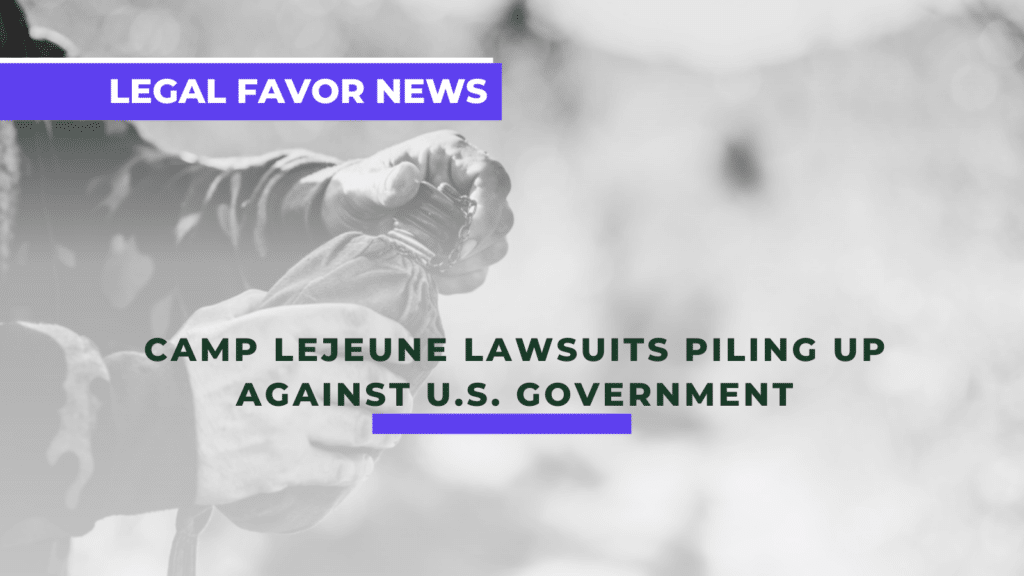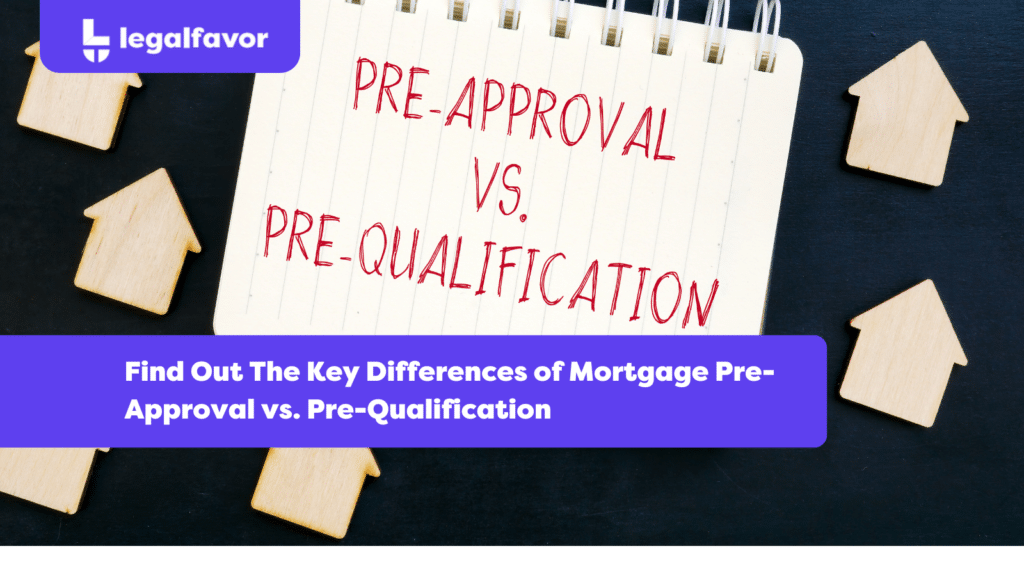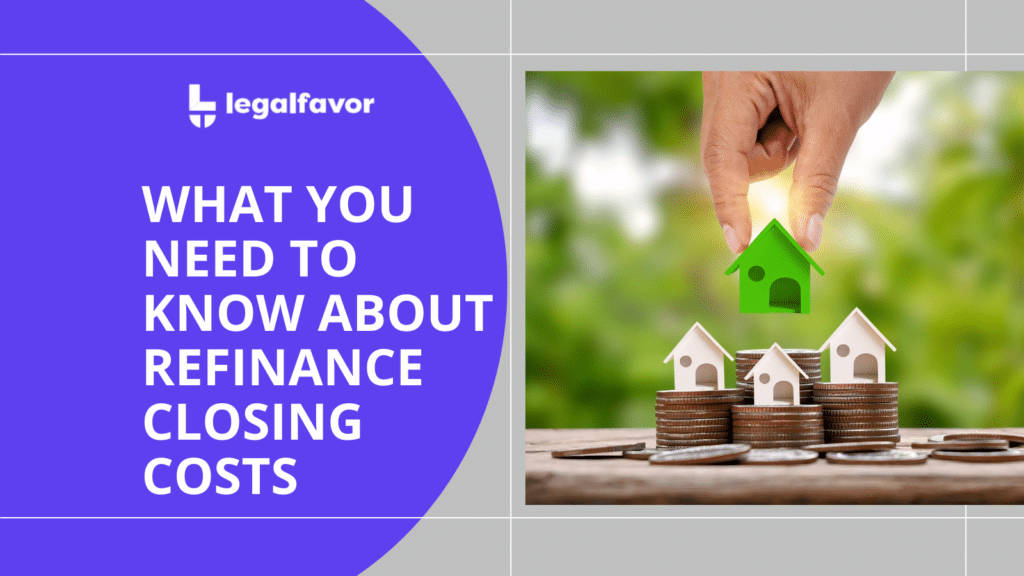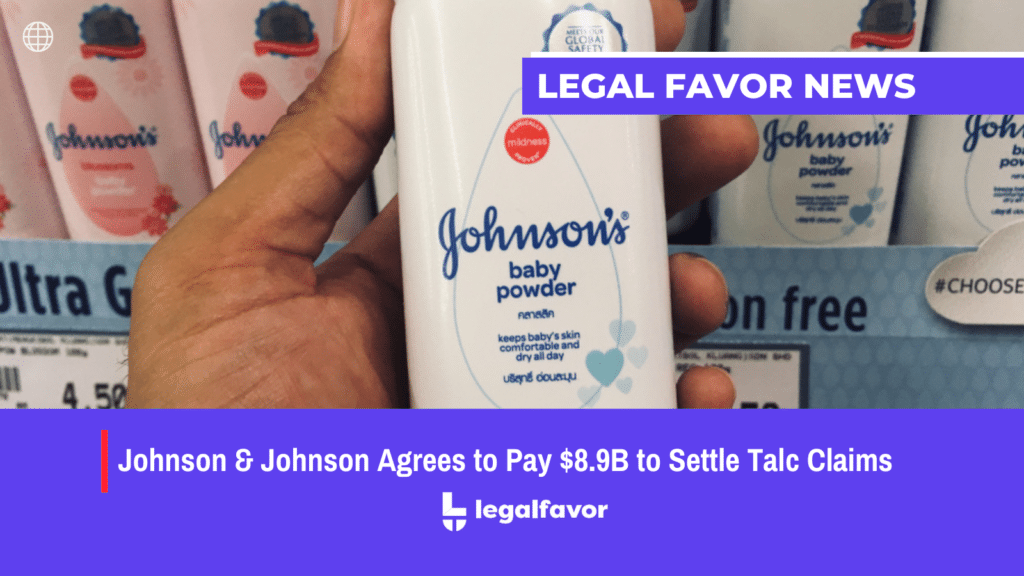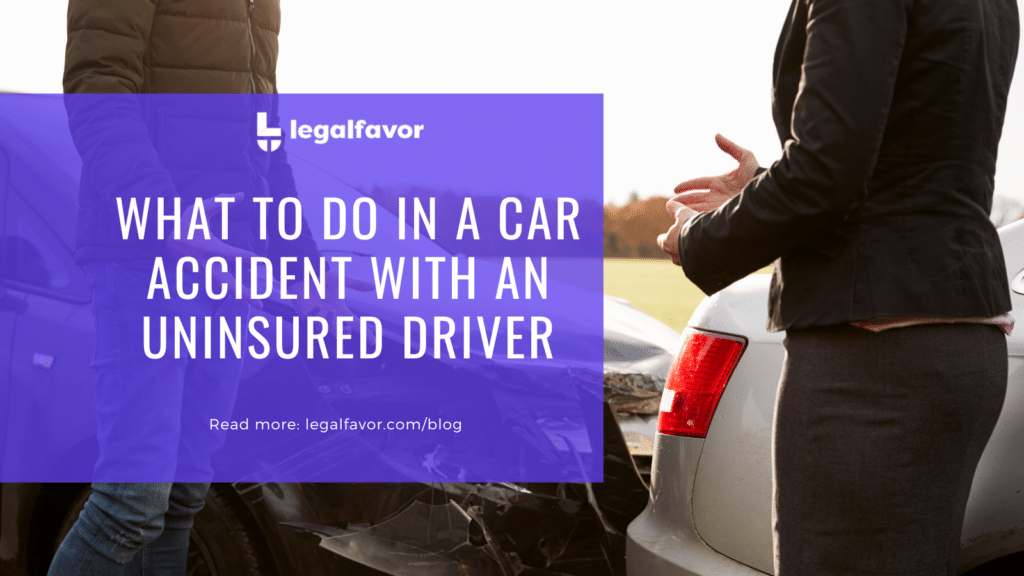Slip and fall accidents are common since they generally happen instantly and can occur anywhere. However, despite being a common occurrence, slip and fall accidents are serious incidents that account for about 1 million visits to the emergency room, according to the National Floor Safety Institute. Although some slip and fall accidents occur without much warning to the victim, there are situations where both the property owner and the victim could anticipate that a slip and fall accident is likely to happen. These typical causes of slip and fall accidents could be attributed to numerous factors that can be observed and rectified before an incident occurs or avoided by practicing safety precautions.
Since slip and fall accidents could cause severe injuries and costly lawsuits, it is best to be aware of these factors to prevent any incidents. The most common causes of slip and fall incidents include, but are not limited to the following.
Wet, Slippery, or Uneven Walking Surfaces
A common cause of slip and fall accidents is less than ideal walking surfaces. Hazardous conditions on walking surfaces may include wet, slippery, or uneven floors. This situation is so common that the National Floor Safety Institute believes that more than half of slip and fall cases are caused by unstable walking surfaces.
Weather Conditions
Another common cause of slip and fall accidents is weather conditions. Although rough weather conditions are expected to create hazardous walking conditions, even mild weather conditions can have the same effects. Thus, property owners must maintain their premises in safe walking conditions, even in calm weather conditions. It is also vital for invitees and licensees to practice caution while on the premises, even if the weather is even in temperate weather conditions.
Improper Safety Practices or Training
Improper safety practices or training causes slip and fall accidents to refer to work-related incidents. These slip and fall accidents typically involve employees that suffer slip and fall accidents in their workplace.
Generally, employers must provide a safe workplace to their employees. This safe working environment may include imposing safety practices and training employees to keep the premise safe for everybody. However, some employers may have failed to comply with safety practices or even conduct proper training for their employees, which may lead to accidents. In these circumstances, the employees do not sue their employers for the damages or harm they have endured. Instead, an employee has to file for worker’s compensation to get paid for the damages they have incurred.
Tripping Hazards
Somewhat related to the walking surface hazards are the dangers posed by tripping hazard materials or conditions. Depending on the nature of the property, some of the usual tripping hazards on a walking surface include but are not limited to potholes, cords, debris, loose carpets, boxes, or electric cords.
Some tripping hazards are everyday items that may typically belong or have a function in the premise, such as boxes, chairs, electric cords, loose carpets, or rugs. Proper maintenance and storage of these items could prevent someone from tripping on these items and causing an accident.
Some tripping hazards are caused by items such as debris and potholes. These factors could easily be removed or rectified by the property owner as soon as they are aware of the issue to prevent someone from getting hurt on the premise.
Poor or Inappropriate Footwear
In addition to surface conditions, the victim’s footwear contributes to a slip and fall accident. Other than the height of the shoes, the shoes’ traction also affects the potential of a person to slip. Surfaces made of certain materials may be slippery for specific shoes, even if they are flat. Thus, proper footwear on a particular walking surface is vital to prevent slip and fall accidents.
Lack of or Damaged Handrails
Handrails are essential tools that assist people in helping to keep their balance and footing on inclined or slippery surfaces or stairs. Not having these vital posts in slip and fall-prone areas could heighten the odds of a slip and fall accident on the premise.
Poor Lighting Conditions
As implied above, one could prevent a slip and fall accident by practicing safety and observing dangerous conditions on the premises. However, it would be hard to apply caution if a person cannot correctly see the hazardous walking surface due to poor lighting. Slip and fall accidents can occur anywhere and in an instant. However, most of these accidents can be avoided if the property owner does due diligence to prevent injuries or harm to their guests and visitors.
The Bottom Line
If you’ve been injured in an accident that wasn’t your fault, then it’s possible you have a personal injury claim on your hands. While this may seem like an easy win, you need to make sure that you follow the right steps and gather the right information before pursuing legal action against another party.
